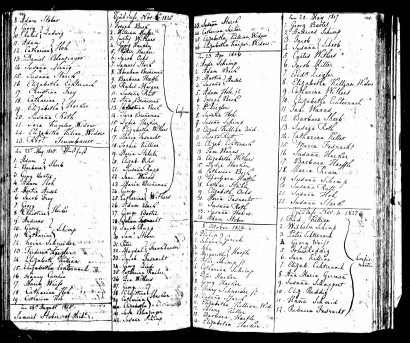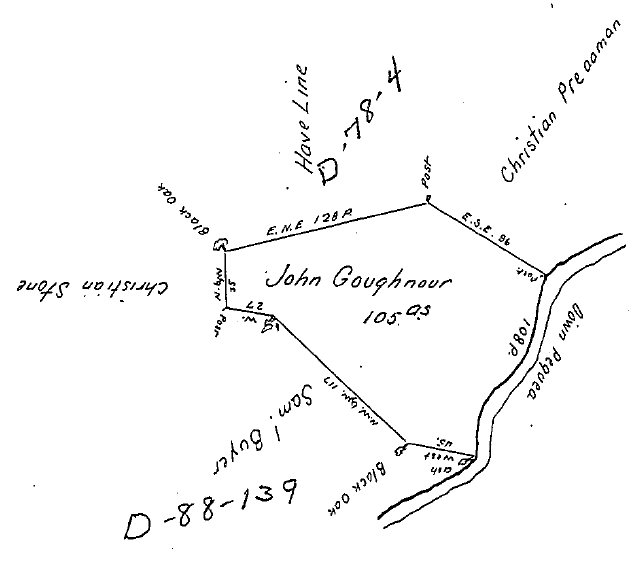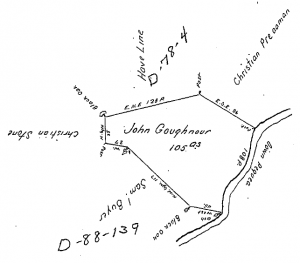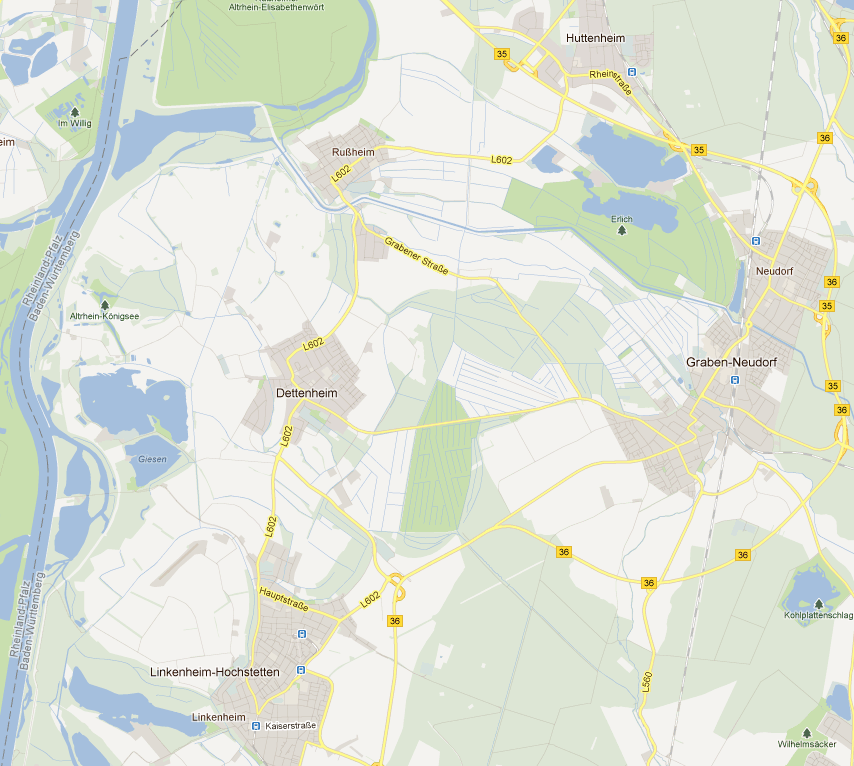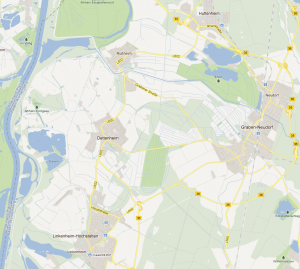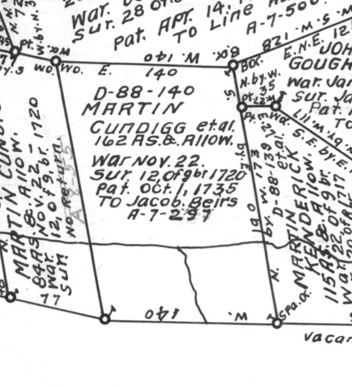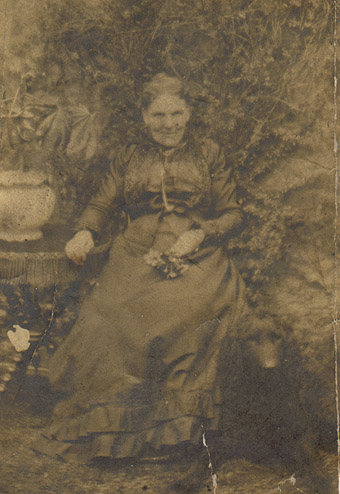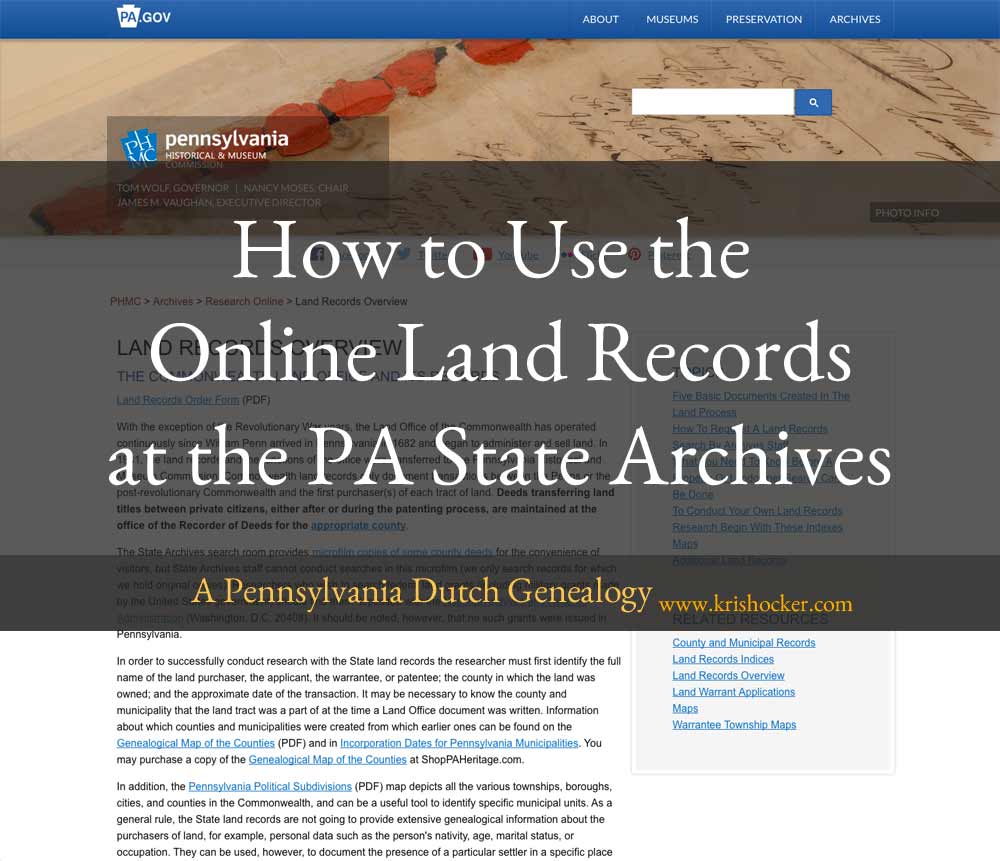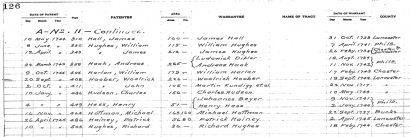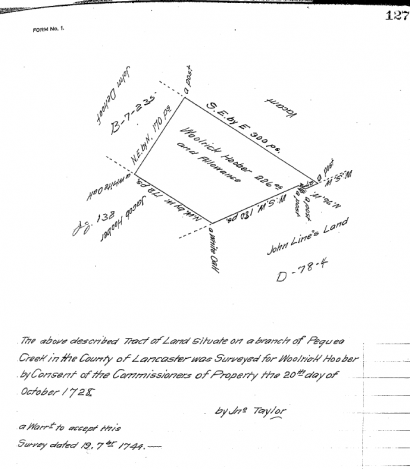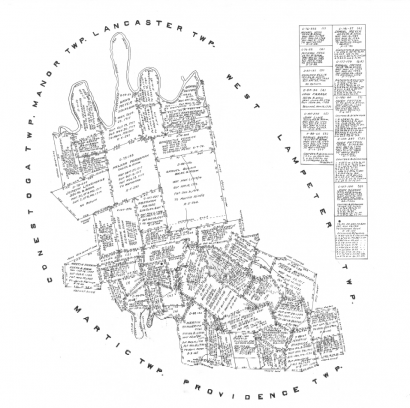Identifying the Children of Johan George Hacker
Recently, I’ve been dedicating some time to updating and revising rewriting my great uncle William Wingeard’s A German-American Hacker-Hocker Genealogy. Because Bill did not footnote his data, I’ve had to redo quite a bit of research that he’d already done. Additionally, I have done quite a bit of new research and I’m trying to add that to the book, as well.
In the first edition, Bill did not include any information on Johan “Hans” Adam Hacker’s son Johan George (1766-1846). Fortunately, I have found some information on my 6 times great uncle. Unfortunately, it’s causing some consternation as I try to determine whether it actually refers to Johan George, son of Adam, or George, son of Frederick—Johan’s George’s older brother.
Johan George Hacker (1766-1846)
Most of the information that I’ve located on Johan George can be found on his page in the “My Family” section of the site. I won’t repeat it here.
The problem I’m running into is in trying to identify his children. I have one definite child—Joseph Hacker (1816-1891). His baptism record lists Johan George and Christina Hacker as his parents and Christopher and Ann Miller as his sponsors. This is consistent with Johan George’s data, including his association with his brother-in-law Christopher Miller.
I also found a communion list from 1825 that lists what appears to be Johan George and Christina with two daughters—Catharina and Elisabetha. Three other Hackers—George, Peter, and Lydia—are listed with those receiving confirmation.
I’m wondering if the George, Peter and Lydia listed are Johan George and Christina’s children. There are no other Hackers listed in the communion list and it seems plausible that Johan George and Christina would want to see their children confirmed. I know little about the confirmation process in the Lutheran or Reformed Church, but if I recall correctly my friends who were confirmed did so at about the age of 14 years. Assuming that there could be some leeway to either side, that would put the birth years for George, Peter and Lydia as approximately 1810-1815 (aged 10-15).
According to the 1810 census record for Johan George in Cocalico Township, his family was composed of the following members:1
- 1 male under 10 (George or Peter?)
- 1 male 16-26 (?)
- 1 male 26-46 (George)
- 2 females under 10 (Catharina?, Elisabetha?)
- 1 female 26-45 (Christina)
So far, this looks a good match for these children belonging to Johan George and Christina. Let’s look at the 1820 census enumeration for the family:2
- 2 white males up to 10 (Joseph?, Peter?)
- 1 white male 16 to 18 (George?)
- 1 white male 16 to 26 (same as 16 to 18)
- 1 white male 45 & up (George)
- 1 white female up to 10 (Lydia?)
- 2 white females 10 to 16 (Catharina?, Elisabetha?)
- 1 white female 26 to 45 (Christina)
Again, it seems plausible that George, Peter, Lydia, Catharina and Elisabetha were the children of Johan George and Christina (Miller) Hacker. Joseph, born in 1816, would likely have been too young for confirmation in 1825.
George Hocker (1785/90-?)
However, George’s nephew, George Hocker—son of Frederick Hacker—allegedly had sons named George and Peter and a daughter Christina. I say allegedly, because Bill included the information in his book, but did not include his source for this information, making it difficult to verify.
From what I can tell he may have posited them as children from the 1840 census enumeration of Ephrata Township. In 1840, there are four Hacker families in Ephrata Township—George Hacker, George Hacker Sr., John Hacker, and Peter Hacker. Here are their households:
| George Hocker3 | George Hocker Sr.4 | John Hocker5 | Peter Hocker6 |
|---|---|---|---|
|
|
|
|
Neither of the two Georges appears to be a match to Johan George Hacker, both men being too young. They could be George Hocker, son of Frederick, and his alleged son, George Hocker Jr., with a few extra household members. Peter Hocker’s household is a good match to that of Peter and Hannah (Reinhold) Hacker of Lancaster County.
If so, what were they doing back in Lancaster County? And is proximity enough to identify them as immediate family?
George received his father’s property after Frederick died in 1812 and his older brother John refused it. George sold the property in 1813 and purchased property in Lower Paxton Township, Dauphin County, Pennsylvania in 1814.7 George and his wife Elizabeth had children baptized at Zion Lutheran Church in Harrisburg in 1814 (Catharina) and 1817 (Sarah). They also had children baptized at Shoop’s Church in 1819 (Andrew), 1821 (Daniel), and 1824 (Eli).
According to my family members, George’s property was in the southwest corner of Lower Paxton, near where Lower Paxton, Susquehanna and Upper Swatara townships meet. I found one tax record for George Hocker in Lower Paxton Township in 1813. I found multiple tax records for Susquehanna Township for George Hocker between 1816 and 1829.
I believe I found George Hocker in Upper Swatara Township in the 1830 census. The household included:
- 2 males 5 to 10 (Daniel, Eli)
- 1 male 10 to 15 (Andrew)
- 1 male 20 to 30 (George or Peter?)
- 1 male 30 to 40 (?)
- 1 male 40 to 50 (George Sr.)
- 1 female < 10 (?)
- 2 females 10 to 15 (Sarah, Catharina)
- 1 female 15 to 20 (?)
- 1 female 40 to 50 (Elizabeth)
I also found records of a George Hocker as a tenant taxed in Upper Swatara in 1830 through 1832, and 1834 where his name is crossed out and removed written in.
I haven’t found gravestones for George or Elizabeth, so he may have moved back to Lancaster County. The evidence places him in Dauphin County until at least 1834, then I have no more data until the possible 1840 census enumeration. If George did move back to Lancaster County, not all of his family went with him. Two of his children were married in Salem Reformed Church in Harrisburg in 1840. Andrew Hocker married Susan Wannamacher on 27 Aug 1840.8 Sarah Hocker married Jacob Ruth on 12 Nov 1840.9
The Commemorative Biographical Encyclopedia, Dauphin County states that Joseph Hocker, son of George and Mary “Polly” (Brubaker) Hocker, was born in Lancaster County on 19 Feb 1839.10 That would make him one of the 2 males under 5 years old in the 1840 census enumeration for George Hocker in Ephrata Township. But this isn’t enough to prove that George was the son of George Sr. and grandson of Frederick Hacker.
By 1850, George and Mary “Polly” (Brubaker) Hocker were in Susquehanna Township, Dauphin County, Pennsylvania and they remained in this area until their deaths in 1872. Both were buried in Dauphin County, perhaps in Crum’s cemetery. Today their tombstones can be found in Shoop’s Cemetery in Lower Paxton Township.11 George and Polly (Brubaker) Hocker have similarities of location to George and Elizabeth (Hassler) Hocker. It’s possible that George Sr. moved back to Lancaster County where he’d grown up and George Jr. eventually moved back to Dauphin County where he’d grown up.
Conclusions?
So, while this is all very interesting information, it doesn’t help me to identify Johan George’s children. If George, Peter and Lydia, Catharina, and Elisabetha were the children of Johan George and Christina (Miller) Hacker, what happened to them? Do the 1840 enumerations of Ephrata Township refer to this George and Peter or to George Hocker’s children—if they were, indeed, his children?
At this point, I don’t have any answers. Baptismal records for the early 1800s—specifically from 1804 through 1815—may help identify the parentage of Catharina, Elisabetha, George, Peter and Lydia. Tax records for Lebanon (1810—1825) and Lancaster (1820—1846) counties may help to pinpoint Johan George’s exact location and whether or not George Hocker moved back circa 1834. I’m hoping I can find some evidence.
Oh, did I mention that Frederick’s eldest son John also had a son named George and daughter named Lydia?! Wish me luck.

